
Enchanting Pilis Mountains: Hungary's Natural Gem
Discover the Pilis Mountains in Hungary: A haven of lush forests, historic sites, and charming villages offering breathtaking views and serene nature escapes.
Nestled in the heart of Hungary, the Pilis Mountains offer a serene escape into nature. This picturesque region is known for its lush forests, rolling hills, and stunning panoramic views. The area is rich in history, with ancient ruins and historic monasteries dotting the landscape, providing a glimpse into Hungary’s storied past. Hiking enthusiasts will find an array of trails catering to all levels of experience, from gentle walks through the forest to more challenging climbs up the peaks. The highest point, Pilis-tető, offers breathtaking vistas that are worth the effort. The diverse flora and fauna make it a haven for nature lovers, with opportunities for bird watching and spotting wildlife. In addition to its natural beauty, the Pilis Mountains are home to charming villages where you can experience traditional Hungarian culture. Sample local cuisine, visit quaint markets, and interact with friendly locals who are always eager to share their heritage. Whether you seek adventure or tranquility, the Pilis Mountains provide a perfect retreat from the hustle and bustle of city life.
Local tips in Pilis Mountains
- Bring sturdy hiking boots; the trails can be uneven and rocky.
- Visit the Esztergom Basilica nearby for a blend of nature and history.
- Carry a reusable water bottle; there are freshwater springs along some trails.
- Check the weather forecast; conditions can change rapidly in the mountains.
- Try local dishes like goulash in village eateries for an authentic experience.
Enchanting Pilis Mountains: Hungary's Natural Gem
Nestled in the heart of Hungary, the Pilis Mountains offer a serene escape into nature. This picturesque region is known for its lush forests, rolling hills, and stunning panoramic views. The area is rich in history, with ancient ruins and historic monasteries dotting the landscape, providing a glimpse into Hungary’s storied past. Hiking enthusiasts will find an array of trails catering to all levels of experience, from gentle walks through the forest to more challenging climbs up the peaks. The highest point, Pilis-tető, offers breathtaking vistas that are worth the effort. The diverse flora and fauna make it a haven for nature lovers, with opportunities for bird watching and spotting wildlife. In addition to its natural beauty, the Pilis Mountains are home to charming villages where you can experience traditional Hungarian culture. Sample local cuisine, visit quaint markets, and interact with friendly locals who are always eager to share their heritage. Whether you seek adventure or tranquility, the Pilis Mountains provide a perfect retreat from the hustle and bustle of city life.
When is the best time to go to Pilis Mountains?
Unmissable attractions to see
City Park
Explore Budapest's City Park, a tranquil urban oasis filled with history, culture, and recreational activities for every visitor.
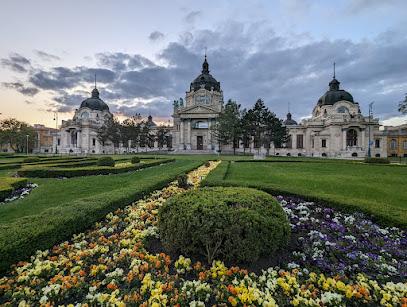
IKONO Budapest
Discover the interactive cultural experience at IKONO Budapest, where Hungary's rich history and innovative storytelling come alive in a stunning immersive setting.

Café Gerbeaud
Discover the rich flavors of Hungary at Café Gerbeaud, Budapest's historic café known for its exquisite pastries and elegant atmosphere.
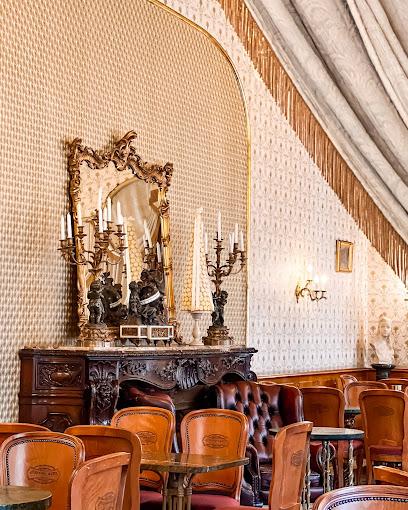
House of Music Hungary
Explore the House of Music Hungary in Budapest, where interactive exhibits and live performances unite to celebrate Hungary's rich musical heritage.
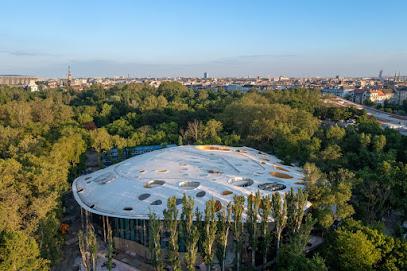
Predikálószék lookout
Discover the stunning views and serene beauty of Predikálószék Lookout in Dömös, a must-visit scenic spot for nature lovers.
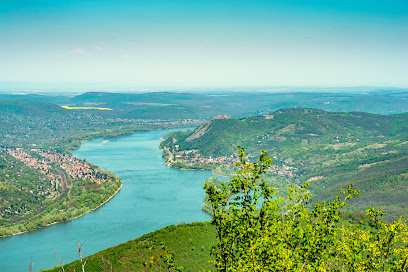
Silverline Cruises kft.
Experience the magic of Budapest on a scenic cruise with Silverline Cruises, where stunning views meet exquisite dining on the Danube River.
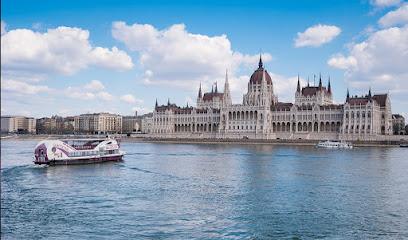
Museum of Ethnography
Explore the Museum of Ethnography in Budapest and immerse yourself in the rich cultural heritage of Hungary and the world.

Károlyi Garden
Explore Károlyi Garden in Budapest: a serene oasis with lush landscapes, historical sculptures, and a perfect escape from the city's hustle and bustle.
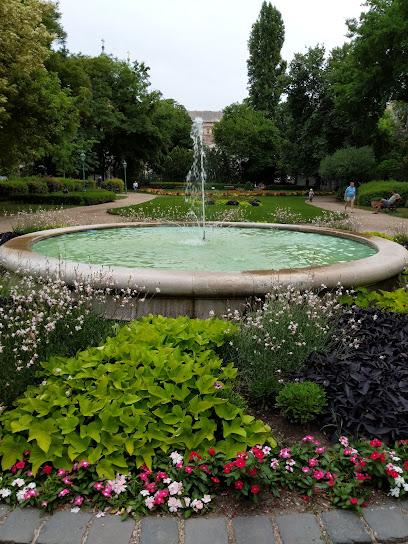
Aeropark (Repülőmúzeum)
Explore the wonders of aviation at Aeropark, Budapest's unique open-air museum showcasing historic aircraft and interactive exhibits for all ages.

Juliánus Kilátó
Experience breathtaking views and serene trails at Juliánus Kilátó, a scenic jewel overlooking the Danube Bend in beautiful Nagymaros.
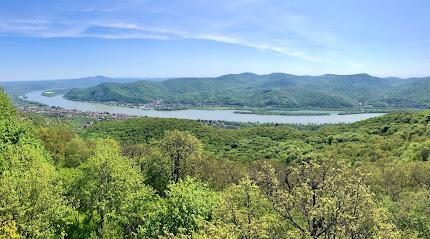
Happy Oesheb viewing tower
Discover the stunning panoramas and serene beauty of Hungary at the Happy Oesheb Viewing Tower in Pilisszentkereszt.
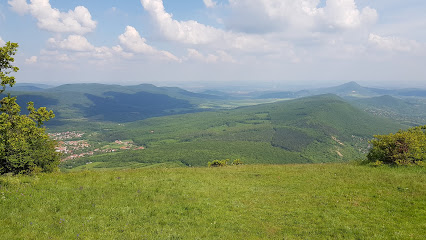
Lajos Spring
Discover the tranquil beauty of Lajos Spring in Szentendre, an ideal destination for nature lovers and those seeking a peaceful escape.
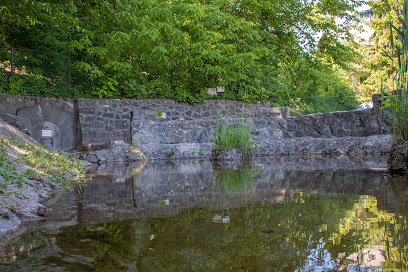
Devil's Mill Waterfall
Experience the breathtaking beauty of Devil's Mill Waterfall in Visegrád, Hungary, a perfect blend of adventure, tranquility, and natural wonder.
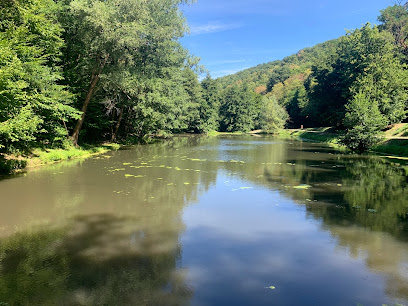
Két-bükkfa-nyereg
Explore Két-bükkfa-nyereg, a premier hiking destination near Esztergom, Hungary, renowned for its stunning views and lush landscapes.
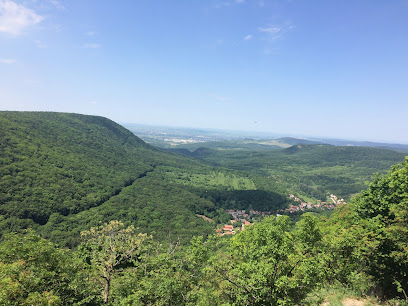
Korda Filmpark
Experience the enchantment of filmmaking at Korda Filmpark in Etyek, Hungary, where cinematic dreams come to life in stunning sets and interactive exhibits.
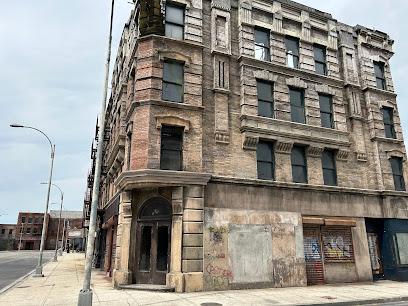
Essential places to dine
Kis Rigó Vendéglő
Experience authentic Hungarian cuisine at Kis Rigó Vendéglő in Pilisszentlászló - where tradition meets taste in every dish.
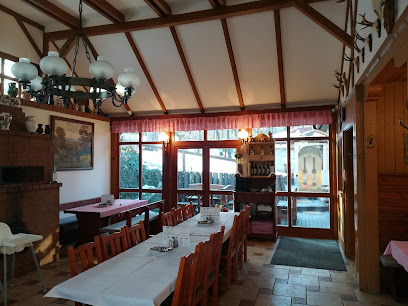
Zsindelyes Vendégház
Experience authentic Hungarian cuisine amidst nature's beauty at Zsindelyes Vendégház in Pilisszentkereszt.

Kislugas Panzió és Vendéglő
Experience authentic Hungarian cuisine at Kislugas Panzió és Vendéglő in beautiful Pilisszentkereszt – where comfort meets culinary delight.
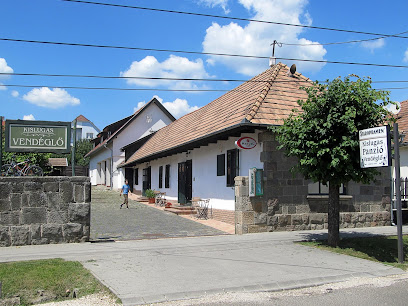
Emma vendéglő
Discover authentic Hungarian flavors at Emma Vendéglő in Pilisszentkereszt - where culinary tradition meets stunning nature.
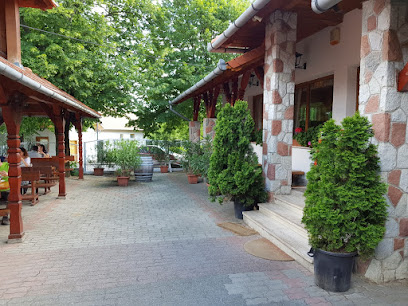
Bohém Étterem Dobogókő
Experience authentic Hungarian cuisine amidst stunning landscapes at Bohém Étterem Dobogókő.
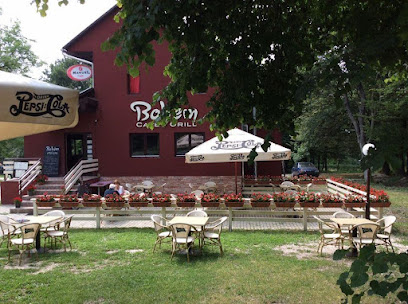
Markets, malls and hidden boutiques
Hilda Cukrászda
Discover the sweet side of Pilisszentkereszt at Hilda Cukrászda, where delicious desserts and frozen yogurt await in a cozy setting.

Szputnyik shop D20
Explore the unique treasures at Szputnyik Shop D20, a vintage gift shop in Budapest offering one-of-a-kind clothing and accessories.

Rododendron Art & Design Shop
Explore unique handcrafted art, fashion accessories, and souvenirs at Rododendron Art & Design Shop in the heart of Budapest.

Apátkúti Vadászház Étterem és Fogadó
Experience authentic Hungarian cuisine and cozy accommodations in the beautiful Apát-Kúti Valley, a perfect retreat for nature lovers and food enthusiasts.
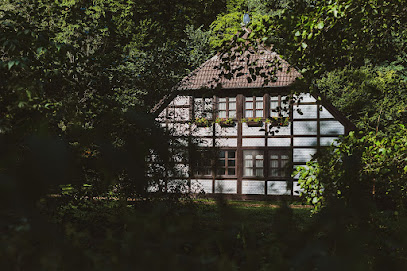
Káosz üzlet
Explore the charming Káosz üzlet in Visegrád for unique local goods, souvenirs, and a taste of Hungarian culture.

Ludovika
Discover unique fashion pieces at Ludovika, Budapest's charming vintage clothing store in the vibrant District VII.

Super Coop
Explore Super Coop in Pilisszentkereszt: Your go-to general store for local flavors and essential groceries.

BEN-KEL KFT.
Discover exquisite craftsmanship and cozy designs at BEN-KEL KFT. - your ultimate destination for fireplaces in Pilisszentlászló.
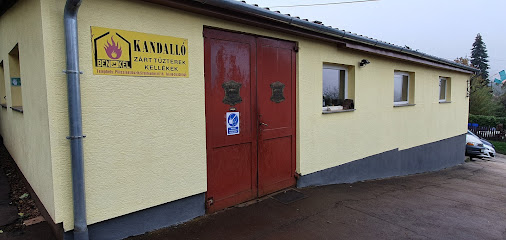
Piaccino Premium Coffee & Lemonade
Discover a charming coffee shop in Nagymaros offering premium coffee and refreshing lemonade, perfect for tourists seeking relaxation and flavor.
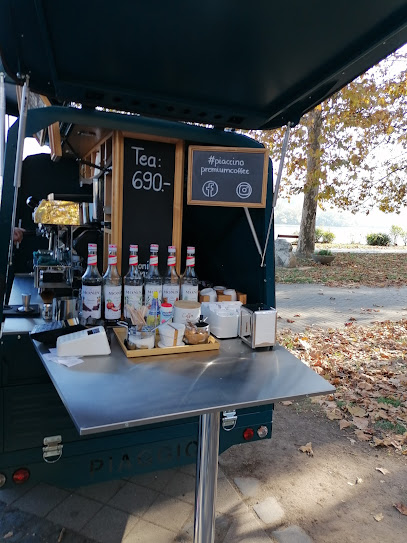
M&M Cukrászda
Discover the sweet taste of homemade ice cream at M&M Cukrászda, Pilisszántó's charming ice cream shop offering a variety of unique flavors.
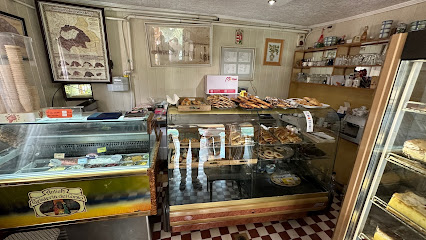
Polgár Bolt
Explore Polgár Bolt in Visegrád for authentic local flavors and delightful shopping experiences in a charming grocery store.
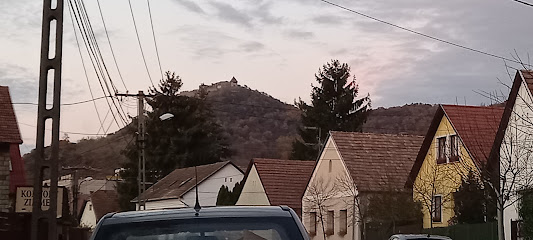
Pilis Mountains
Explore the breathtaking Pilis Mountains: A haven for hikers and nature lovers, rich in history and stunning landscapes.
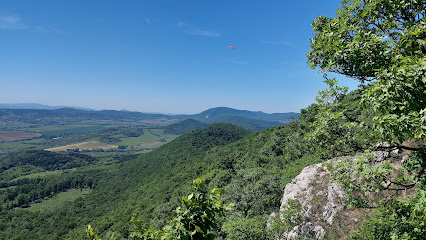
Szimpla Design Shop
Explore Szimpla Design Shop in Budapest for unique gifts and handcrafted treasures that embody the city's artistic spirit.

Magma+ Hungarian Art&Design
Discover the essence of Hungarian creativity at Magma+ Hungarian Art & Design, your go-to gift shop in the heart of Budapest.
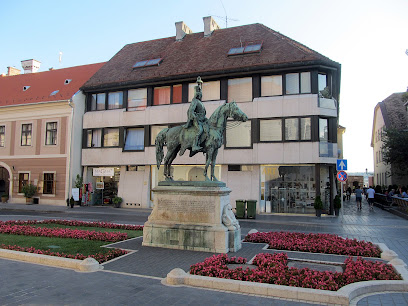
Szíved Háza
Explore Szíved Háza, a charming gift shop filled with unique local treasures and artisanal crafts that embody the spirit of the region.

Essential bars & hidden hideouts
Teca Kocsmája
Discover Teca Kocsmája, a cozy pub in Esztergom, offering a taste of local culture and a diverse selection of Hungarian beverages.
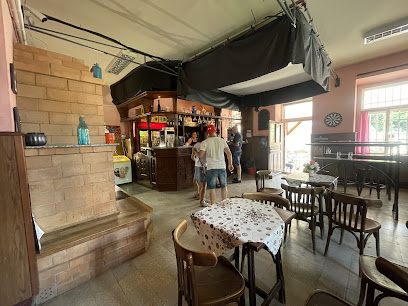
Kerékbár
Discover Kerékbár in Zebegény - a charming bar with stunning views and a vibrant atmosphere, perfect for unwinding after a day of exploration.
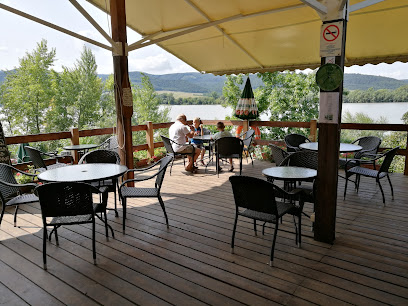
nomad Bar
Discover Nomad Bar in Nagymaros: a scenic riverside bar offering delightful drinks, local flavors, and a warm atmosphere for all visitors.
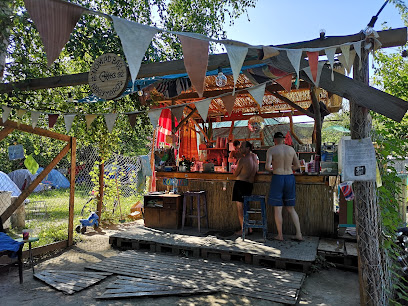
Tandem
Discover Tandem, a vibrant bar in Nagymaros offering stunning views of the Danube and a delightful selection of local beverages for every taste.
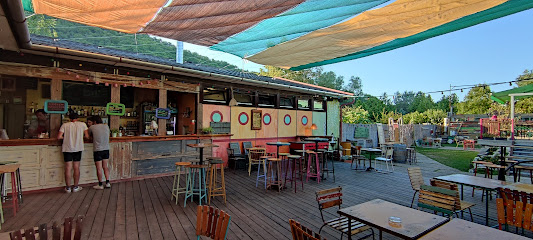
Bohém Étterem Dobogókő
Discover the flavors of Hungary at Bohém Étterem Dobogókő, where exquisite cuisine meets breathtaking natural landscapes.
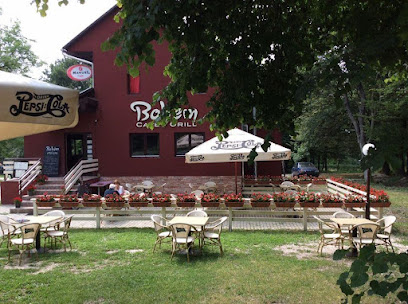
Muflon Itató
Experience the lively atmosphere at Muflon Itató, Nagykovácsi's top sports bar, offering delicious food and a great selection of drinks while you catch the game.
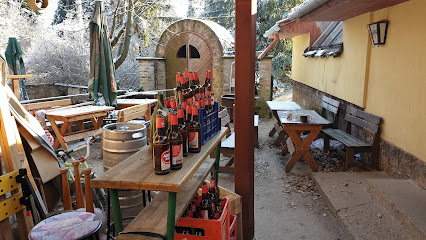
Ivó Svejk a Derék Katonához söröző
Discover the local charm and affordable drinks at Ivó Svejk a Derék Katonához, a beloved bar in the heart of Esztergom.
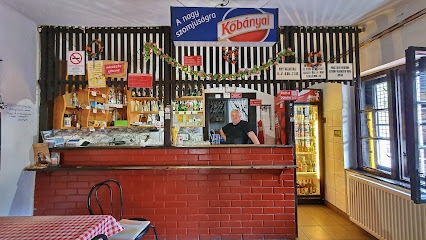
Zsigi
Experience the charm of Nagymaros at Zsigi, the cozy bar offering delightful drinks and a warm atmosphere perfect for relaxation.
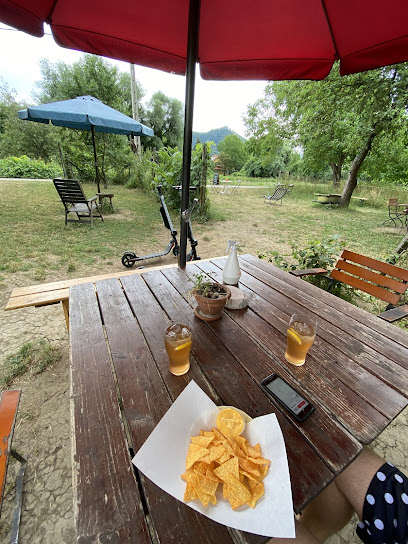
Bor-Piac
Experience the essence of Hungarian wine culture at Bor-Piac in Nagymaros, where delightful flavors and warm hospitality await every visitor.
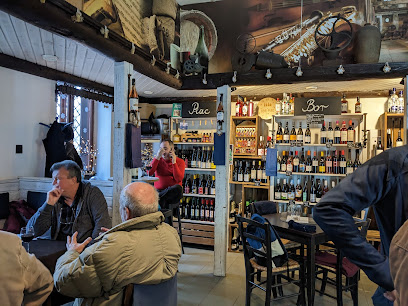
Müllner Pub
Experience the vibrant atmosphere of Müllner Pub in Piliscsév, a perfect spot for enjoying authentic Hungarian cuisine and local drinks.
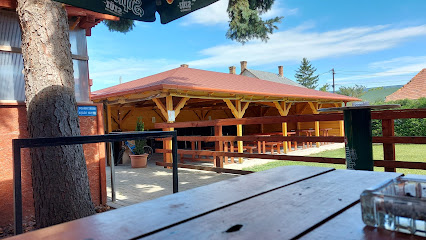
Old Pub
Discover the cozy atmosphere and vibrant local culture at Old Pub, a top spot for drinks and relaxation in Pomáz.
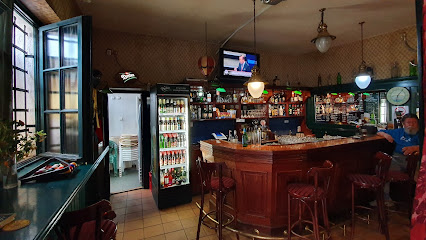
Schuck Sörpatika
Discover the heart of Hungarian pub culture at Schuck Sörpatika in Pilisszentiván, where local brews and friendly faces await every visitor.
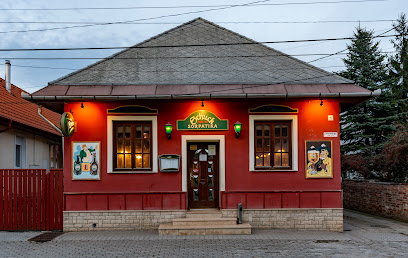
Villa Negra
Discover the charm of Villa Negra, a vibrant pub in Pilisszentiván offering authentic Hungarian cuisine and a welcoming atmosphere.
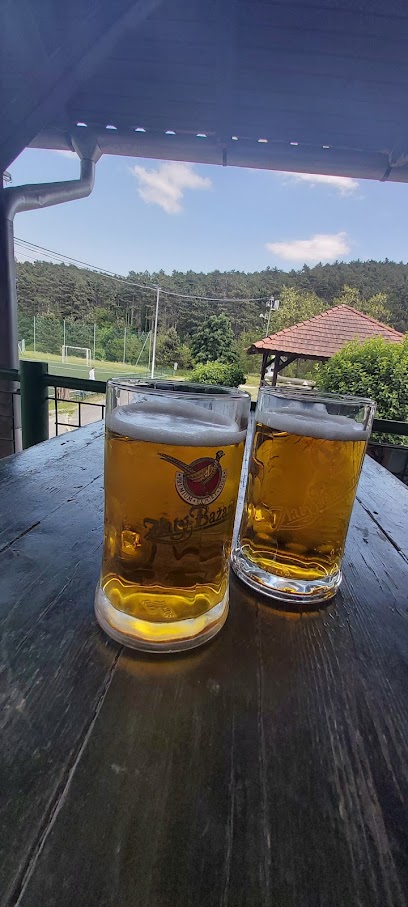
Kék Duna borozó
Explore the best of Hungarian wines at Kék Duna Borozó in Tahitótfalu, a charming wine bar perfect for all wine enthusiasts.
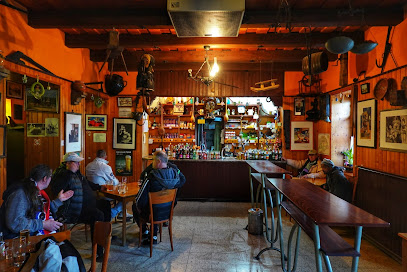
Kaktusz Bár és Pálinka Ház
Explore the local flavors at Kaktusz Bár és Pálinka Ház, a cozy bar in Pilis offering a unique taste of Hungarian spirits and warm hospitality.
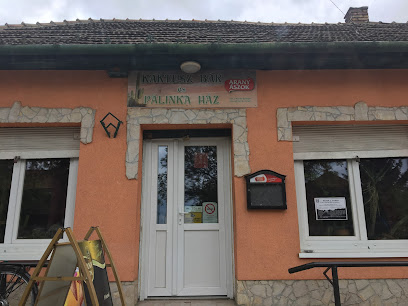
Local Phrases about Pilis Mountains
-
- HelloSzia
[see-ah] - GoodbyeViszontlátásra
[vee-zont-la-taash-ra] - YesIgen
[ee-gen] - NoNem
[nem] - Please/You're welcomeKérem
[kae-rem] - Thank youKöszönöm
[koe-s-nyoem] - Excuse me/SorryElnézést
[el-ne-zesht] - How are you?Hogy vagy?
[hog-e vaag] - Fine. And you?Jól vagyok. És te?
[yole vaa-yok. aesh te] - Do you speak English?Beszélsz angolul?
[be-sails ang-o-lool] - I don't understandNem értem
[nem aert-em]
- HelloSzia
-
- I'd like to see the menu, pleaseSzeretnék látni az étlapot, kérem
[se-reht-naek laat-nee az eat-lopot, kaer-em] - I don't eat meatNem eszem húst
[nem es-em hoost] - Cheers!Egészségedre!
[e-gees-she-ged-re] - I would like to pay, pleaseSzeretnék fizetni, kérem
[se-reht-naek fee-zeht-nee, kaer-em]
- I'd like to see the menu, pleaseSzeretnék látni az étlapot, kérem
-
- Help!Segítség!
[she-geet-saeg] - Go away!Menj el!
[meny el] - Call the Police!Hívd a rendőrséget!
[heed a ren-dœr-sae-get] - Call a doctor!Hívd az orvost!
[heed az or-vost] - I'm lostEl vagyok tévedve
[el vaag-yok te-ve-dve] - I'm illBeteg vagyok
[be-teg vaag-yok]
- Help!Segítség!
-
- I'd like to buy...Szeretnék vásárolni...
[se-reht-naek va-shaor-ol-nee] - I'm just lookingCsak nézelődöm
[chaak ne-zeh-loe-dœm] - How much is it?Mennyi az ára?
[men-yee az aa-ra] - That's too expensiveTúl drága
[tool draa-ga] - Can you lower the price?Le tudnád csökkenteni az árat?
[le tud-naad choe-kkehn-teh-nee az aa-rat]
- I'd like to buy...Szeretnék vásárolni...
-
- What time is it?Mennyi az idő?
[men-yee az ee-dœ] - It's one o'clockEgy óra van
[edj o-ra van] - Half past (10)Fél tizenegy van
[fel tee-zen-edj van] - MorningReggel
[red-jel] - AfternoonDélután
[de-lu-taan] - EveningEste
[es-te] - YesterdayTegnap
[teg-nap] - TodayMa
[ma] - TomorrowHolnap
[hol-nap] - 1Egy
[edj] - 2Kettő
[ket-toe] - 3Három
[haa-rom] - 4Négy
[neyj] - 5Öt
[œt] - 6Hat
[haat] - 7Hét
[heyt] - 8Nyolc
[nyoltz] - 9Kilenc
[ke-lents] - 10Tíz
[teeez]
- What time is it?Mennyi az idő?
-
- Where's a/the...?Hol van a...?
[hol van a] - What's the address?Mi a cím?
[mee aa cheem] - Can you show me (on the map)?Meg tudnád mutatni (a térképen)?
[meg tud-naad moo-taat-nee a tehr-ke-pehn] - When's the next (bus)?Mikor jön a következő (busz)?
[mee-kor yœn a ke-vet-ke-zœ (boos)] - A ticket (to ....)Egy jegyet (....-ra)
[edj ye-geyt ra]
- Where's a/the...?Hol van a...?
History of Pilis Mountains
-
The Pilis Mountains have been inhabited since prehistoric times. Archaeological findings suggest that ancient tribes settled in the area due to its strategic location and abundant natural resources. During the Roman era, the region became a significant part of the province of Pannonia. Roman roads, fortifications, and villas have been excavated, revealing a well-developed infrastructure and a thriving community. The remnants of Roman architecture, including the ruins of Aquincum, a major city of the Roman Empire, reflect the area's historical importance.
-
In the Middle Ages, the Pilis Mountains became a spiritual hub with the establishment of several monasteries and abbeys by the Benedictine and Cistercian orders. The most notable of these is the Pilis Abbey, founded in the 13th century. These monastic communities played a crucial role in the religious, cultural, and economic life of medieval Hungary. The monks engaged in agriculture, viticulture, and manuscript preservation, contributing to the region's development. The ruins of these monasteries still stand as a testament to the area's rich ecclesiastical heritage.
-
The Pilis Mountains were a favored hunting ground for Hungarian royalty during the medieval period. Kings and nobles would retreat to the dense forests to hunt game such as deer and wild boar. The forests of Pilis were not only a place of recreation but also a symbol of royal power and prestige. Historical records and hunting lodges, like the one built by King Matthias Corvinus in the 15th century, provide insight into the opulent lifestyle and traditions of the Hungarian court.
-
The 16th and 17th centuries brought turmoil to the Pilis Mountains as the Ottoman Empire expanded into Hungary. The region experienced significant destruction and depopulation during the Ottoman occupation. Many of the monasteries and settlements were abandoned or destroyed. However, this period also brought new cultural influences and architectural styles. The legacy of the Ottoman period can be seen in some remaining fortifications and artifacts, offering a glimpse into this tumultuous chapter of the region's history.
-
The 19th century was a period of national revival and romanticism in Hungary. The Pilis Mountains became a symbol of national identity and natural beauty. Writers, poets, and artists drew inspiration from the landscape, contributing to a burgeoning sense of Hungarian pride. The construction of new hiking trails, lookout towers, and recreational facilities made the mountains more accessible to the public. This era marked the beginning of the Pilis Mountains as a popular destination for nature lovers and cultural enthusiasts alike.
-
In the 20th and 21st centuries, the focus has shifted towards the conservation and sustainable development of the Pilis Mountains. Efforts have been made to protect the unique flora and fauna of the region, as well as to preserve its historical and cultural heritage. The establishment of the Duna-Ipoly National Park in 1997 was a significant milestone in these efforts. Today, the Pilis Mountains are a protected area offering a blend of natural beauty, historical sites, and recreational opportunities, ensuring that future generations can continue to enjoy and learn from this remarkable region.
Pilis Mountains Essentials
-
To reach the Pilis Mountains, the nearest international airport is Budapest Ferenc Liszt International Airport, located about 50 kilometers away. From Budapest, you can take a train or bus to Esztergom or Pilisszentkereszt, which are gateway towns to the Pilis Mountains. The journey by train from Budapest to Esztergom takes approximately 1.5 hours, and there are regular services throughout the day.
-
Once in the Pilis Mountains, the best way to explore is by car, bicycle, or on foot. Car rentals are available in Budapest and Esztergom. Public buses connect the main towns and some tourist spots, but services can be infrequent. For a more immersive experience, consider hiking or cycling along the well-marked trails that crisscross the mountains.
-
The official currency in Hungary is the Hungarian Forint (HUF). Credit cards are widely accepted in larger establishments, but it's advisable to carry cash, especially when visiting smaller villages or paying for local services. ATMs are available in Esztergom and other larger towns, but might be scarce in remote areas.
-
The Pilis Mountains are generally safe for tourists. However, standard precautions should be taken, such as avoiding isolated areas at night and keeping valuables secure. There are no specific high-crime areas targeting tourists, but it's always good practice to stay vigilant and be aware of your surroundings. Stick to marked trails to avoid getting lost.
-
In case of emergency, dial 112 for immediate assistance. There are medical facilities in Esztergom and Pilisszentkereszt, and it is advisable to have travel insurance that covers medical emergencies. For minor health issues, pharmacies are available in larger towns. Always carry a basic first-aid kit when hiking or exploring remote areas.
-
Fashion: Do wear comfortable hiking gear and appropriate footwear for outdoor activities. Avoid flashy or overly casual attire when visiting religious sites. Religion: Do respect local customs and traditions, especially when visiting churches and monasteries. Public Transport: Do be courteous and offer your seat to elderly passengers. Avoid eating or drinking on public transport. Greetings: Do greet locals with a friendly 'Jó napot' (good day). A handshake is customary. Eating & Drinking: Do try local dishes and accept food offerings graciously. Don't refuse hospitality, as it is considered impolite.
-
To experience the Pilis Mountains like a local, visit the local markets and sample regional produce and crafts. Engage with locals, who are often willing to share insights about the area's history and culture. Don't miss visiting the Esztergom Basilica and the Pilis Cave, both offering unique experiences. For panoramic views, hike up to Dobogókő, one of the highest points in the Pilis Mountains.
Nearby Cities to Pilis Mountains
-
Things To Do in Budapest
-
Things To Do in Tatabanya
-
Things To Do in Szekesfehervar
-
Things To Do in Salgotarjan
-
Things To Do in Gyor
-
Things To Do in Veszprem
-
Things To Do in Kecskemet
-
Things To Do in Eger
-
Things To Do in Banská Bystrica
-
Things To Do in Trnava
-
Things To Do in Bratislava
-
Things To Do in Trenčín
-
Things To Do in Miskolc
-
Things To Do in Martin
-
Things To Do in Žilina












